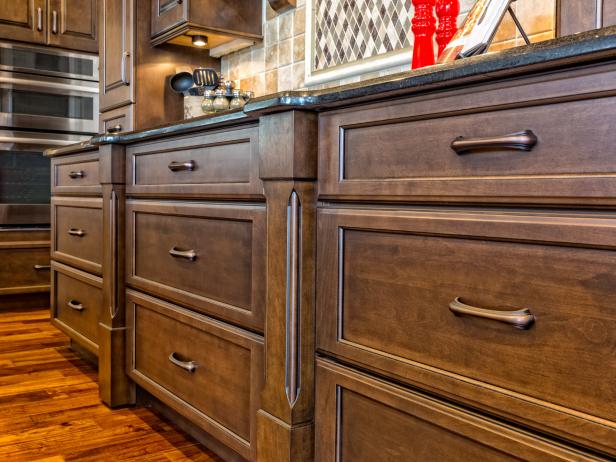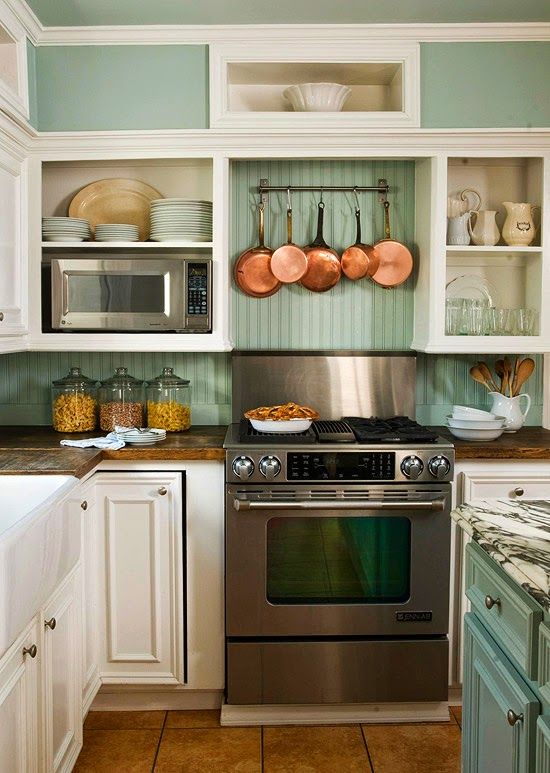Dealing with grease on kitchen cabinets is a common challenge that many homeowners face. Grease can accumulate on cabinet surfaces over time, especially in kitchens where cooking is frequent. This sticky residue not only affects the appearance of the cabinets but can also become a breeding ground for dust and grime. Understanding effective methods for grease removal is crucial to maintaining the cleanliness and longevity of your kitchen cabinets.
The first step in addressing grease on kitchen cabinets is to assess the severity of the issue. Cabinets near the stove or those near cooking areas are more prone to grease buildup. Regular inspection and cleaning can help prevent excessive grease accumulation and simplify the cleaning process.
One effective and accessible grease-cleaning solution is a mixture of warm water and mild dish soap. This combination is gentle enough to avoid damaging the cabinet finish while still being effective in breaking down and lifting grease. Using a soft cloth or sponge, gently scrub the greasy areas with the soapy solution, paying attention to details such as cabinet handles and edges.
Vinegar, known for its degreasing properties, is another household item that can be used to tackle grease on kitchen cabinets. Mixing equal parts of white vinegar and water creates a natural and budget-friendly cleaning solution. The acidity of vinegar helps cut through grease, making it easier to wipe away. After applying the mixture, wipe the cabinets with a clean, damp cloth to remove any residue.
![]()
For cabinets with stubborn grease stains, baking soda can be a valuable ally. Creating a paste by mixing baking soda with water forms a gentle abrasive cleaner. Apply the paste to the greasy spots, let it sit for a few minutes, and then scrub with a soft brush or sponge. Baking soda not only helps remove grease but also leaves the cabinets with a fresh and clean scent.
Commercial degreasers designed specifically for kitchen surfaces are available on the market. These products are formulated to effectively break down and remove grease without causing damage to cabinet finishes. When using a commercial degreaser, it’s essential to follow the manufacturer’s instructions and test the product on a small, inconspicuous area of the cabinet first.
While cleaning is crucial, preventing grease buildup is equally important. Installing range hoods or exhaust fans in the kitchen helps minimize the amount of grease that reaches the cabinets. Regularly wiping down cabinet surfaces, especially those near cooking areas, can prevent grease from accumulating and becoming more challenging to remove over time.
Wood cabinets require special attention when dealing with grease. Harsh chemicals can damage the wood finish, so it’s essential to choose cleaning solutions that are gentle yet effective. A mixture of white vinegar and olive oil can serve as a natural wood cleaner. The vinegar cuts through grease, while the olive oil nourishes and protects the wood, leaving the cabinets looking polished.

In instances where grease has penetrated deep into the cabinet finish, a mixture of equal parts water, white vinegar, and baking soda can be applied as a spot treatment. This combination not only helps break down grease but also tackles any lingering odors. After spot treating, wipe the cabinets with a damp cloth to remove the cleaning solution.
For painted cabinets, a mild detergent mixed with warm water is a safe and effective cleaning solution. Avoid using abrasive sponges or scrub brushes on painted surfaces, as these can damage the paint. Gently wipe down the cabinets with the soapy solution, and if necessary, follow up with a clean, damp cloth to ensure all residue is removed.
An often-overlooked aspect of preventing grease on kitchen cabinets is the proper storage of cooking oils and other ingredients. Ensure that oil bottles and containers are tightly sealed to prevent spills and leaks. Additionally, store cooking oils away from heat sources to minimize the risk of splattering and spreading grease around the kitchen.
Regularly cleaning cabinet hardware, such as handles and knobs, is essential in maintaining a grease-free kitchen. These high-touch areas can accumulate grease over time, affecting both the appearance and functionality of the hardware. Use a mild cleaning solution or soapy water to wipe down handles and knobs, ensuring they remain free from sticky residue.

In some cases, kitchen cabinets may have built-up layers of old grease that require more intensive cleaning. A mixture of white vinegar and cornstarch can be applied as a thick paste to these heavily affected areas. Allow the paste to sit for at least 15 minutes before scrubbing with a soft brush or sponge. This method helps lift stubborn grease without causing damage.
Preventing grease from settling on cabinets can be achieved by placing protective coverings, such as shelf liners, in high-risk areas. These liners can be easily removed and cleaned, acting as a barrier between cabinet surfaces and potential grease sources. Regularly replacing or cleaning these liners contributes to maintaining a grease-free kitchen environment.
In cases where the grease has left behind a lingering odor, a solution of equal parts water and white vinegar can be applied to the affected areas. The acidity of the vinegar helps neutralize odors, leaving the cabinets smelling fresh. After applying the solution, wipe down the cabinets with a clean, damp cloth to remove any residual vinegar.
When tackling grease on kitchen cabinets, it’s essential to prioritize safety. Adequate ventilation is crucial, especially when using commercial degreasers or solutions with strong odors. Open windows or use a kitchen exhaust fan to ensure proper airflow during the cleaning process. Additionally, wear gloves to protect your hands from cleaning solutions and grease residue.
Addressing grease on kitchen cabinets requires a combination of effective cleaning solutions, preventive measures, and regular maintenance. Whether opting for natural remedies like vinegar and baking soda or using commercial degreasers, the key is to choose methods that are safe for the specific cabinet material and finish. By incorporating these strategies into your kitchen cleaning routine, you can keep your cabinets looking pristine and extend their lifespan.

kitchen shelf paper
On the Doorstep: Kitchen Revamp: Part I Birch kitchen cabinets, Kitchen design, Kitchen

Beadboard Kitchen Backsplashes To Add A Cozy Touch

Related Posts:
- 24 Inch Upper Kitchen Cabinets
- Kitchen Radio Under Cabinet Bluetooth
- Kitchen Cabinet Stoppers
- Burgundy Painted Kitchen Cabinets
- Kitchen Tower Cabinet
- Priming Kitchen Cabinets For Painting
- Country Kitchen Cabinet Pulls
- Cream Kitchen Cabinets With Chocolate Glaze
- Shabby Chic Kitchen Cabinets Ideas
- Installing Kitchen Cabinet Doors